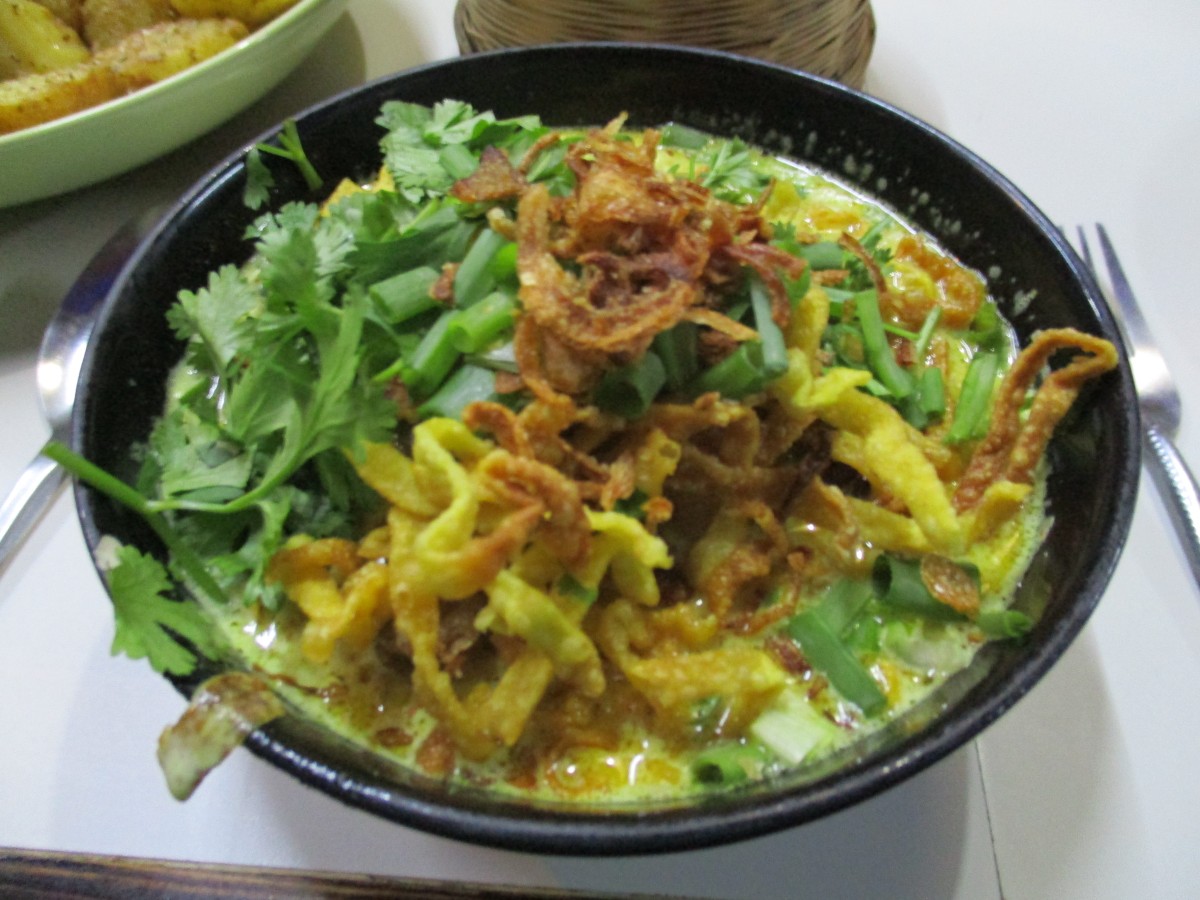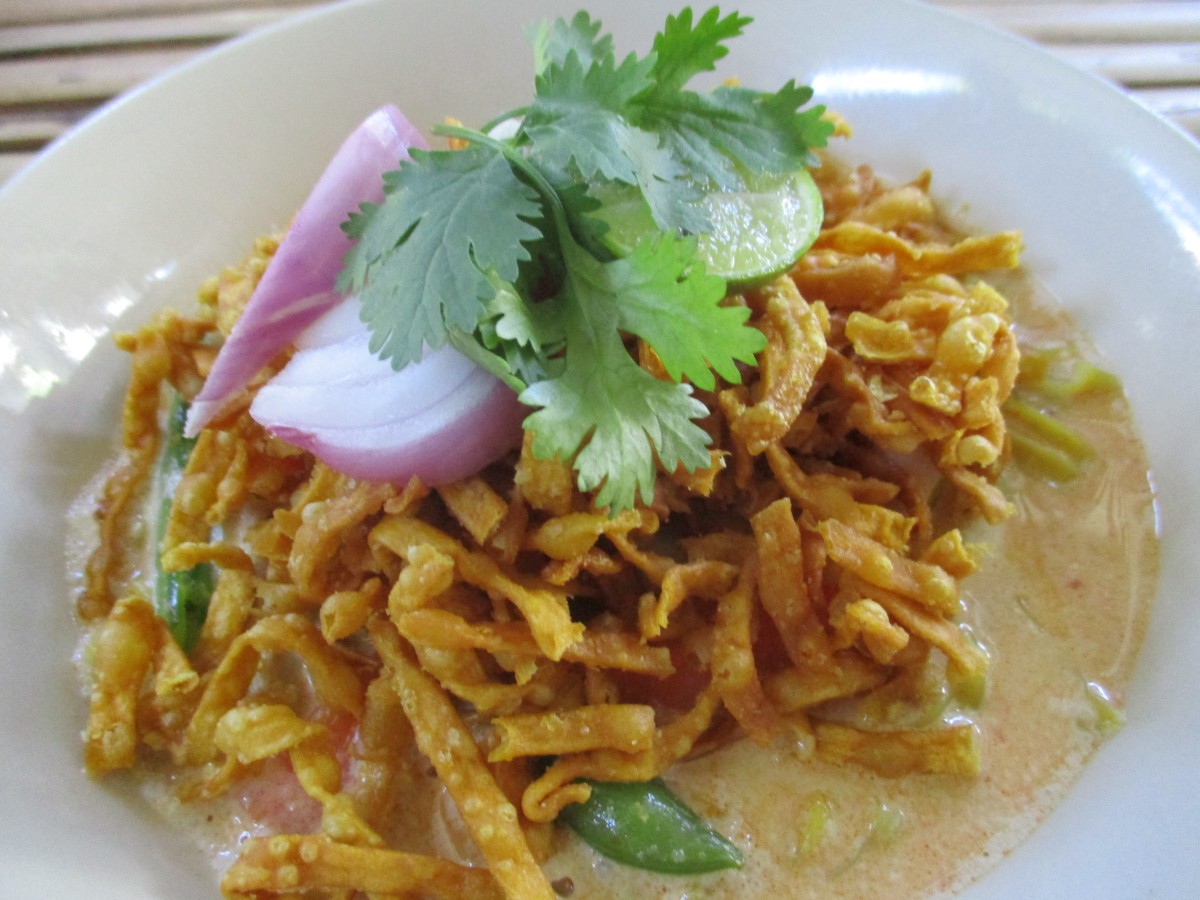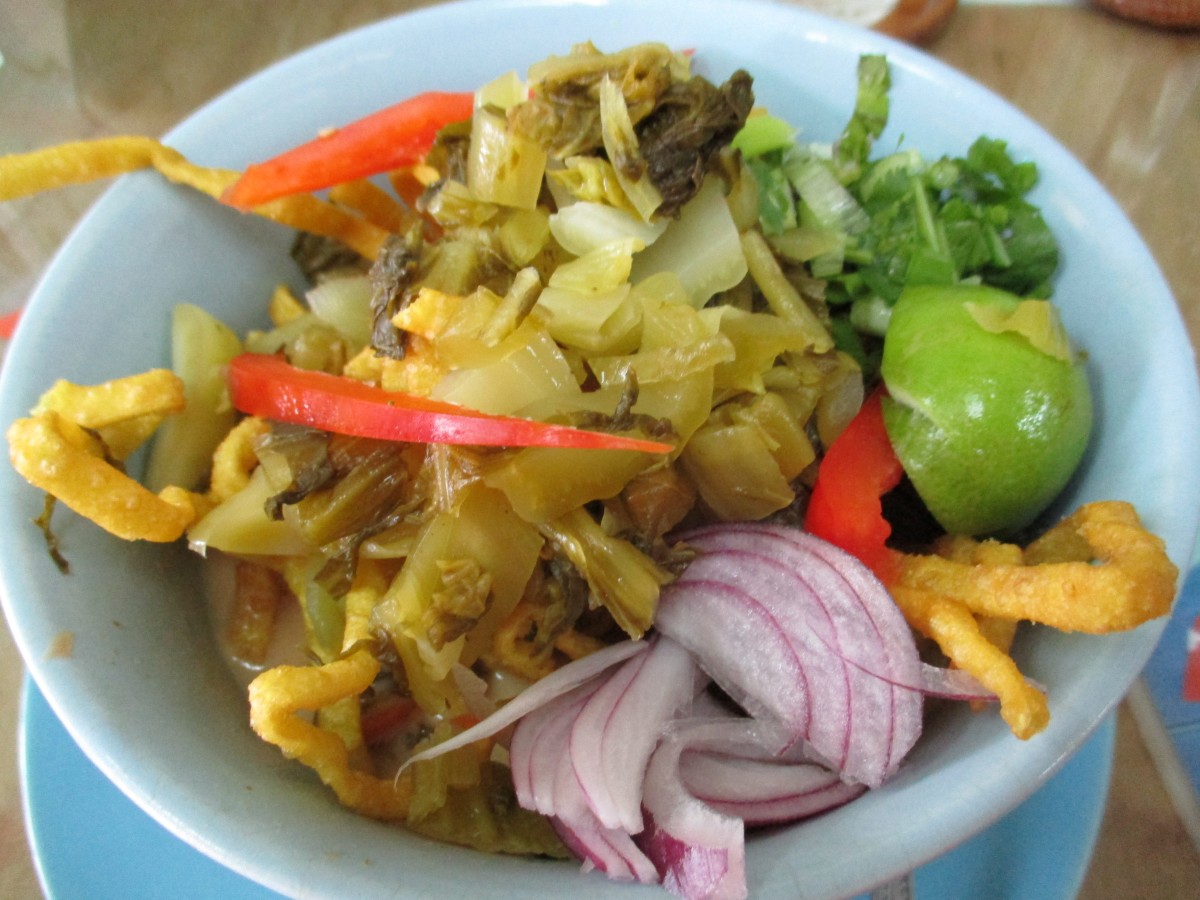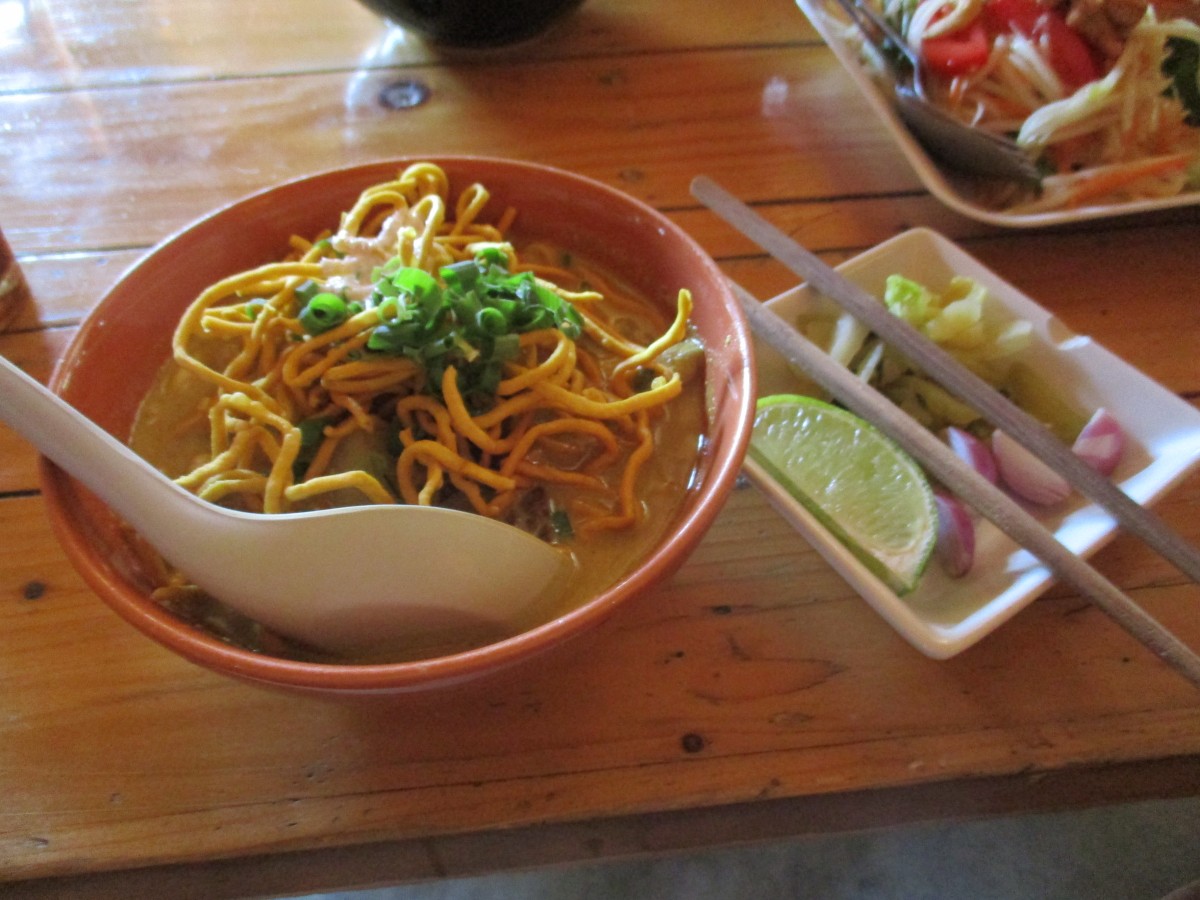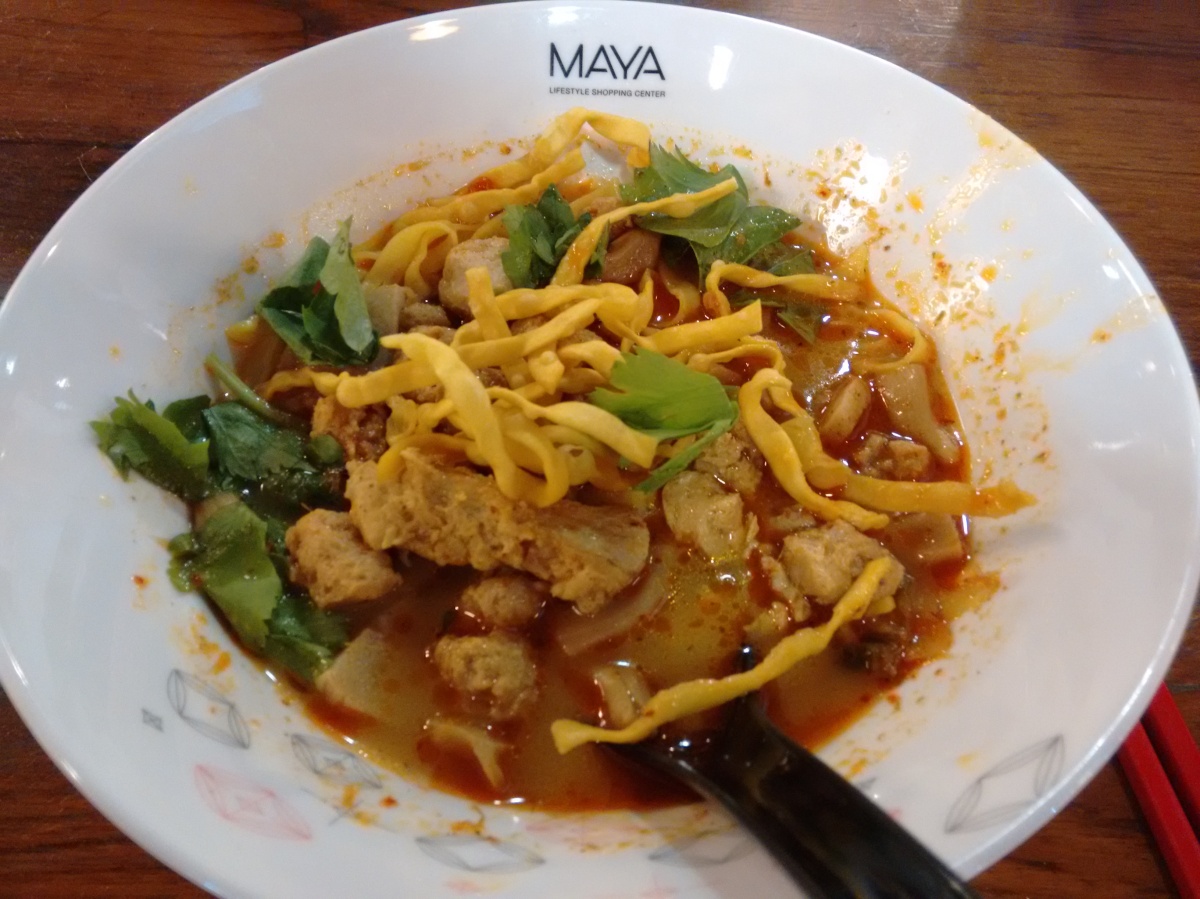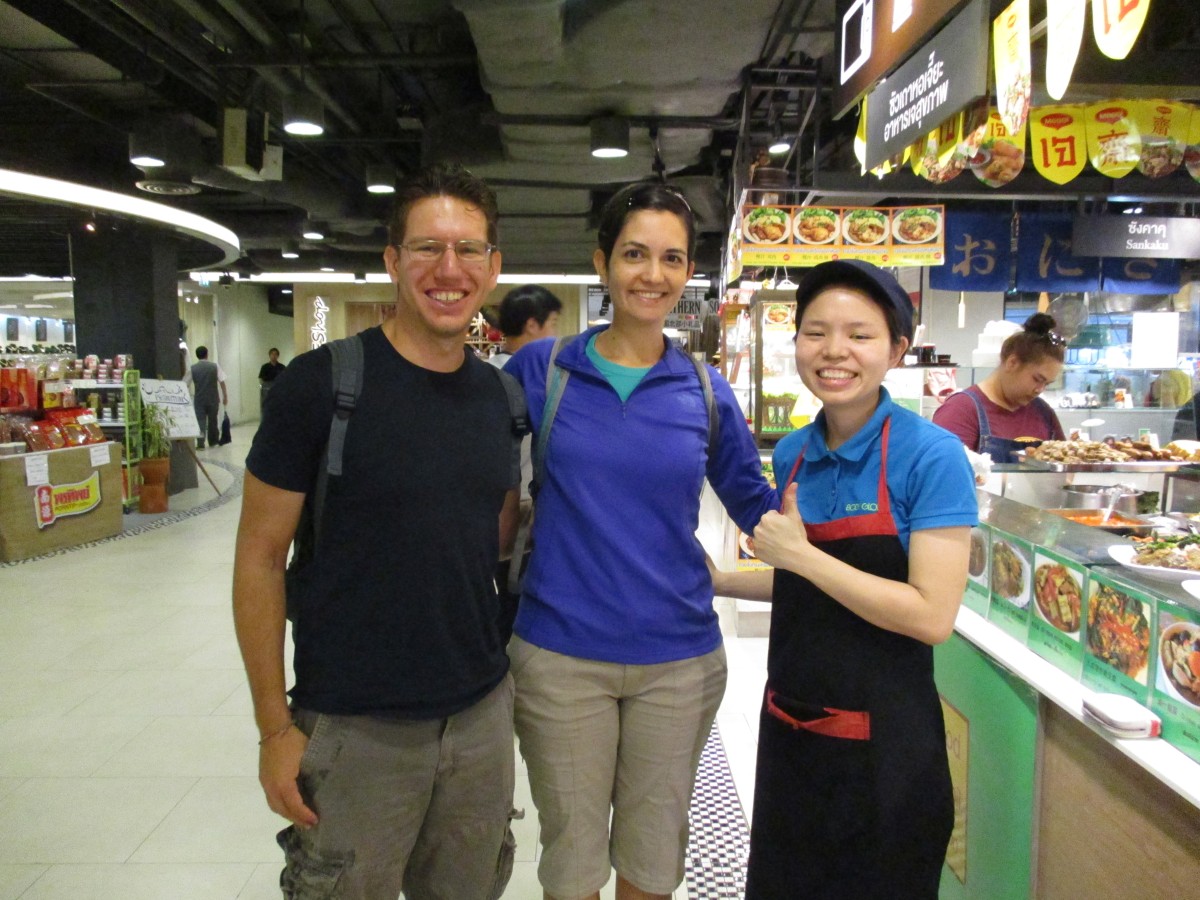There is just flatly too much to do in Singapore for one trip! That said, it’s not an ideal city for backpackers – it has a very successful economy and is very developed, and so is consequently very expensive relative to the rest of the region. Luckily, via Frank’s mom and our friend Arlene back in Tucson, we had a connection with Arlene’s nephew Rick and his wife Robin, and thus a place to stay while we were visiting! Thanks for making the trip possible for us, guys!
Singapore is a really interesting and unique place – after it was forced out of the nascent Malaysian nation, it was a city on its own with little resources and a hugely ethnically diverse population. That might have been a recipe for disaster, but Singapore was having none of that – it became a powerhouse economically, militarily, and in terms of local cohesiveness. Just in walking around, we saw many little examples spinning off from that history, including:
- The first fighter jets we’ve seen/heard in Asia, which besides making us nostalgic for Tucson, led us into an investigation of Singapore’s disproportionately large and advanced military, and all of the history and strategy that lead to that state of being
- All the little things that lead to the city being as amazingly clean and orderly as it is, especially in regards to public transportation (more on that below)
- The sheer diversity of people happily coexisting in the city, which is similar in a sense to the diversity of the United States, but with more linguistic variability and English as a lingua franca (other official languages are Mandarin, Malay and Tamil)
And really, many more things – but we should get into more specifics about what we got to see!
Sri Veeramakaliamman
Frank’s been excited to visit this Hindu temple for a long time now. It’s the first temple devoted to Kali we’ve been able to visit; Kali is Frank’s Ishta Devata, so in a sense, it was even a kind of pilgrimage. The temple is right in the middle of Little India, and even in the middle of the day on a weekday was hugely busy with devotees. The outside is overflowing with statues depicting various stories and divinities, and inside there are numerous shrines to deities specific to certain aspects of life and regional beliefs, including a few we looked up out of curiosity, like:
- Sri Piriyachi Amman – goddess with a brutally violent legend, yet who is associated with childbirth and protecting children
- Sri Dandapani, a variant of a god of war, literally “god with a club”
- Sri Dakshinamoorthy, a variant of Shiva known as a teacher for those who haven’t found a human teacher yet
There are also more well-known gods and goddesses, of course, like Lakshmi and Saraswati, but the main aspect of the temple is the cordoned off path leading straight to the statue of Kali in the center – it’s all very beautiful and complex and busy, both in terms of aesthetics and in people praying, meditating, and conversing. Also, there is delicious free food distributed at the back of the temple for whomever would like some – yet another example of a temple really being used and cared for, which we much preferred to many of the temples we’ve seen that have just become tourist attractions.
Singapore Botanic Gardens
Although it’s a large city full of skyscrapers, we were quite impressed by just how much green space there is all throughout the city. One great example is the Singapore Botanic Gardens, which actually took two days to explore, and we definitely didn’t hit every part of it. In a sense, it’s like New York’s Central Park; it’s a large, gardened section of the city with paths full of people meandering and jogging and grassy lawns for picnicking and wedding photos. Just, there are more monitor lizards. They’re big and tame and everywhere, and when they suddenly rustle dead leaves next you, you may or may not yelp and dance away.
There are numerous interesting exhibits to wander through, from nut and fruit trees of the region to a surprisingly beautiful and variegated foliage exhibition (who knew just leaves could have so many colors, patterns, and shapes?), to a gorgeous bougainvillea garden (even with having unique variants like giant white bougainvillea, still doesn’t beat Frank’s mom’s unique bicolor one she used to have, though), a pleasant herb garden, and a “healing garden” with medicinal plants…not as aesthetically pleasing, but interesting.
Frank’s favorite aspect was the “fragrant garden” – it had flowers that radiated aromas of all sorts, from citrus-y to the unpleasant “cream donut that went off two days ago” to the bizarre and head-swimmingly strong plant that smelled like some sort of ambrosia version of incense.
The crown jewel, however, was the National Orchid Garden. Featuring a huge garden of almost entirely just orchids (and a small section for bromeliads), there were enough unusual and beautiful varieties to rival and even beat out Orchid World in Barbados. And almost all, of course, interestingly without needing a greenhouse! Of course, that also meant we were hot and sweaty, but that’s being one degree off the equator for you.
Singapore Art Museum
This museum provoked a discussion between us: must art necessarily be beautiful to be art, or can it also be not at all beautiful and yet thought provoking? The other discussion that was provoked was during a free tour we happened to be on time for: just how annoying can that Indian couple be while interrupting both each other and the tour guide continuously?
The current motif the museum was centering its works around was “Utopias” – not in an idealized paradise sort of way, though, but rather a more depressing paradise-lost or flawed sort of manner. Installations included a (relatively tame) nude photography piece that had apparently set off protests and political scandal in Indonesia, a giant hollow metal ball that an artist had slowly rolled across Cambodia, a dieselpunk war machine made entirely out of paper and cardboard, and an unnerving, shiver-inducing disco ball/bomb piece with accompanying ominous audio placed inside a former chapel.
Asian Civilizations Museum
The ACM seemed to be one of the more famous museums in Singapore, so we decided to check it out as well. Set along a very pretty river waterfront, it displays historical artifacts from all across Southeast Asia and Oceania. The artifacts themselves were interesting, but the more engaging part was really getting to work through the way the various civilizations of the region (the modern versions of which we’ve been traveling through for months) interacted over the centuries. A small exhibit on Singapore’s relatively short but still significant history happened to be up when we were there, and, also the whole museum is free, so you can’t go wrong there.
Singapore Public Transport
Is crazypants good. There are buses constantly going in seemingly every direction, and to startlingly precise locations even in residential areas, to boot. In fact, the buses were so useful that we flipflopped our usual preference of preferring the metro, though the subway was perfectly good as well. With the cards we were able to borrow from Robin, it was also eminently affordable – yes, the buses admittedly do take longer than a cab (about an hour from where we were staying to most things), we weren’t in any rush.
Lightsabers and Exercise
Speaking of the metro (#awkwardsegue), we got to take a pretty unique exercise class under a metro overpass. Thanks to Kevin and Imgur, we discovered the Saber Authority, a group who gets together to practice fighting with lightsabers. We’ll put a link there just in case there’s someone out there who hasn’t seen a Star Wars movie (Frank: We know you saw it, Mom, even if it was on a bad first date, heh). The Saber Authority’s lightsabers are durable and slightly flexible plastic, so they can be whacked into each other fairly hard, and also do the trademark light and noises really well. The actual class, which had both drills and sparring, is based on Filipino martial arts and aikido, so it’s both more legit than randomly playing around (which would still be fun, of course) and is great exercise.
[kad_youtube url=”https://www.youtube.com/watch?v=emrSVgJ_x5I” maxwidth=500 ]
Speaking of exercise (#bettersegue), Singapore is the first city we’ve seen in Asia or Oceania with people exercising everywhere. Granted, some of the roads in Thailand and Vietnam would be borderline suicidal to try to jog on, but it was really refreshing to see both people running along the roads and park paths and exercising in huge groups in school fields.
Dinner With Zoe!
We also got to meet up with a friend we’d made in Chiang Mai during a Tantric yoga retreat, Zoe! Hi Zoe! She’s a Singapore local, and was kind enough to meet us at Keng Eng Kee, a local outdoor restaurant for chili crab. Chili crab, while being exciting in being crab and a national dish, is unfortunately way the hell out of our budget. Nonetheless, we rallied and tried coffee-glazed ribs and salted egg calamari, both flavorful and delicious!
Zoe also explained some ins and outs of Singapore culture to us, including the local analogue of social security, which promotes financial literacy and gives each person discrete savings that they can keep track of – it’s pretty cool. Hope the upcoming election goes the way she wants it to!
Gardens By The Bay
Regardless of whether we had seen them in Hitman: Agent 47, the Gardens by the Bay definitely caught our eye each time they slid into view from a bus. One can easily see why they were put into a near-future science fiction movie – they’re like botanical gardens that time-traveled from the future. To our sadness, we only got to them when we’d really run out of time, and so didn’t get to see the inside of the snazzy dome-greenhouses they have. We did make a point of checking out the skywalk in the Supertree Grove, which are huge towers that combine horticultural architecture and solar power, though!
Shopping in Funan DigitaLife Mall and Sim Lim Square
Well, we attempted to shop in Sim Lim Square. But it was just a big building full of dingy, dubious shops and jerks who laughed in our faces when asked questions and then tried to get us to spend hundreds of dollars in the next breath. So, nuts to that place.
Funan DigitaLife Mall, on the other hand, is six floors of friendly, helpful, and clean shopping. Aside from a few restaurants (where we tried kaya toast), it’s exclusively devoted to electronics, cameras, computers, games, gadgets and similar. Shopping in Singapore? Shop in Funan – we found everything we were looking for there.
And, the food really doesn’t have to be expensive
Contrary to popular opinion, that is. The trick is to look for hawker stalls and food courts, the former of which are a lot like Portland foodtruck pods, and the latter of which are like mall food courts in the USA, but Asian-themed and much more affordable. In the first one we went to, for example, we tried starfruit juice, carrot cake (hint: the cake is a lie! #Portalreference), and duck over noodles. It’s good stuff, and for cheap.
Changi Airport
For those of you who haven’t heard about it, Singapore’s airport has a bit of a reputation. To give you an idea, it’s often the first thing people enthusiastically mention when you tell them that you’re going to Singapore, and if you look it up on Google, the airport has a 4.6 rating with over 1,100 reviews. Even within the airport, just about every station (even bathrooms, security and immigration) asks you for feedback on a touchscreen computer. We were in terminal 1, and although we’d allowed some extra time, we didn’t quite have enough time to visit the Butterfly Garden, Sunflower Garden, Orchid Garden, 12-meter tall slide, video games or movie theaters at the other terminals. If we hadn’t checked our bags, we could have gone swimming in the rooftop pool in our terminal. However, if one were so inclined, there was at least one store in the swanky shopping area where you could buy swimsuits and flip flops. Our terminal also featured the Social Tree, Cactus Garden, Piazza Garden, claw games to win prizes, Be A Changi Millionaire (a game for those who’d spent at least S$30), and various other art installations and attractions. Next time we’ll have make a day of it.












